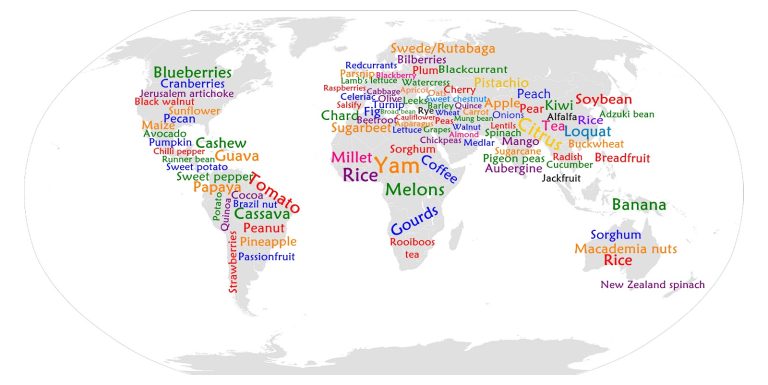Urban land access can be difficult but there are ways to get past this barrier.
By Becky Ellis
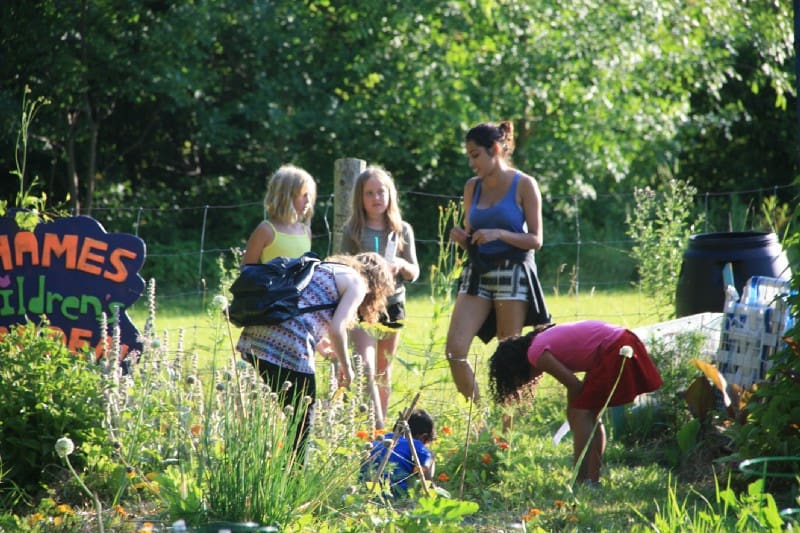
Lack of access to land is often raised as a barrier to participation in permaculture. Land ownership in North America — both rural and urban — is prohibitively expensive for many people but many permaculture practices are based on land ownership including the creation of perennial gardens, the growing of food forests, major earthworks such as berms and swales and the building of cob structures. In cities, where public land can be highly contested, the acquiring public or private land for communal projects often requires sustained activist campaigns that are grounded in an understanding of the complex connections between urban land and race, class, and gender. Land in the city tends to be very expensive and zoning rules mean that some practices may be forbidden in certain parts of the city (example: animals considered ‘livestock’).
Although access to land for urban agriculture projects can be an obstacle, people have found a variety of creative ways to overcome this barrier.
- Accessing public land
Cities contain a lot of public land — more so than in rural areas. Many community gardens are hosted on public — or publically accessible — land. Sometimes community gardens have rules or guidelines that restrict some permaculture techniques, for example, not allowing the planting of perennials or shrubs. You can approach this in a couple of ways, you can work with the city department or organization that oversees the garden to change the rules, or you can plant what you want and beg for forgiveness. Both approaches can work. If you plant what you want in your garden plot, I advise you to be mindful of your neighbours and not plant overly opportunistic plants such as comfrey or mint.
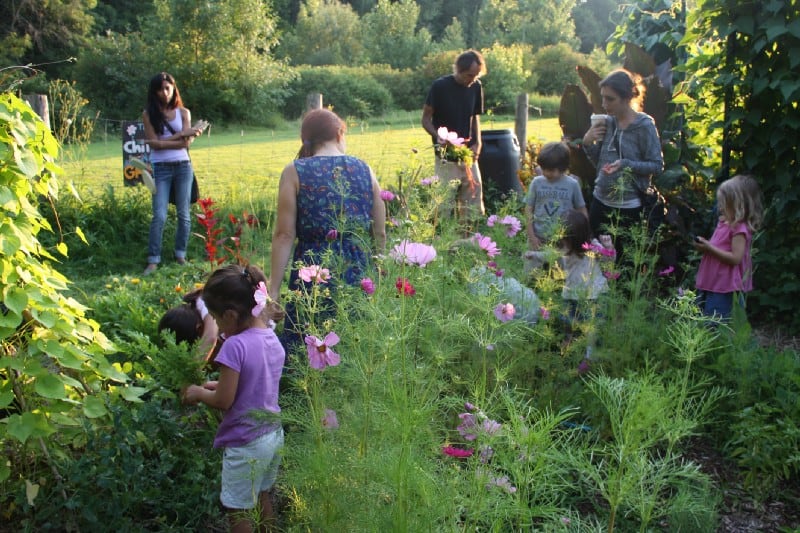
Additionally, there are growing movements around the world for public food forests, community farms and collective apiaries. Collective projects in public spaces can be an important way to begin to reclaim the commons and can help to disrupt the concept of private property. This is an important part of beginning to grapple with what it means to decolonize our cities. We can begin to shift our language and practice from one of ownership of land to one of care-taking and attachment. I have found it very useful to, while retaining my community activism and grassroots organizing, find some allies within city governments whether that be staff or city councillors.
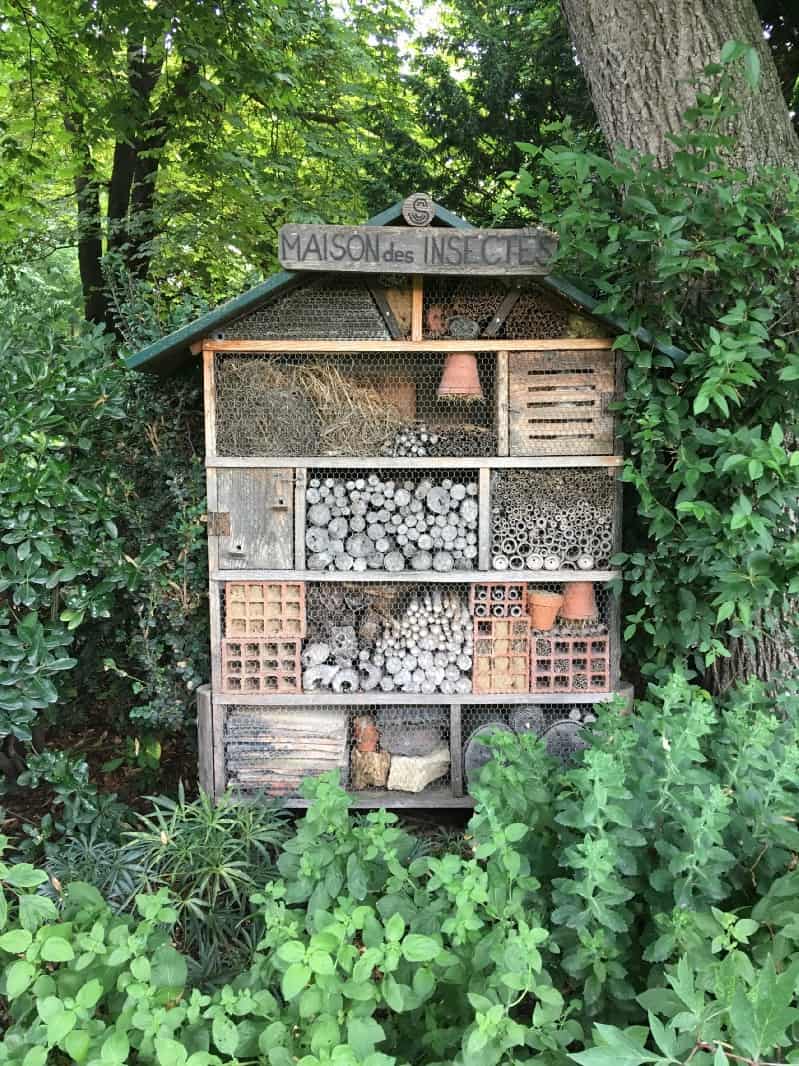
2. Community land trusts
There has been a growing movement for community growing projects on private land (such as vacant lots, private land with short-term leases, or, in some cases, public land with short term leases) to be turned into community land trusts. Many of the community gardens in New York City that were set to be destroyed in the 1990s were saved by a community land trust. This can still bring up some tricky issues about who has the right to control that land. If the land trusts are larger non-profits with a lot of paid staff, there can still be a disconnect to and with the creators of the project. Don’t be discouraged though! There are many examples of grassroots land trust projects that value and practice participatory democracy.
3. Sharing other people’s ‘property’
There are many instances of people who have property sharing it with people who don’t for urban agriculture and permaculture projects. Sometimes this is done between strangers, using a website that matches them. More often it involves friends, family, and neighbours engaging in the kind of sharing that is a cornerstone of a connected community. It can be awkward to approach a neighbour, acquaintance, or even a friend about using their land for a project. As Heather Jo Flores suggests, “Go on, go over there, bring some seeds and a smile, and ask!” Even after they say yes, it means delicately negotiating some sort of mutually beneficial agreement about how the land will be used, by whom, and for how long. This is another reason why social permaculture is so crucial, and potentially amazing. You might not get the answer you want but you might find the possibilities for collaboration and creativity to be even greater than you hoped.
4. Accepting temporary access
As mentioned above, sometimes people can only get temporary access to land in cities. They may be renting their apartment or home, or a community project may only be given a temporary lease. It can be helpful to think of your project/design as part of a larger urban ecosystem. As Flores beautifully points out in Food not Lawns, “Growing ecological gardens, wherever you can, is never a waste of time. Nothing lasts forever, and if you can get a few baskets of food without damaging the environment, and perhaps leave behind some long-living fruit trees, then the larger ecological community will surely benefit from your labors. If you can do these things while also educating others, then your work will succeed many times over” (p. 24).
While your project may be temporary, it may have long-lasting positive effects about which you may never fully know. For example, maybe your temporary project inspired a community activist to create a similar project in another part of the city. Or maybe your pollinator garden, although only in existence for the time you rented your house, helped a species of native bee to thrive in your neighbourhood. Or, maybe you gained skills in permaculture design that you were able to use to create a future, more permanent space. I encourage you to not be daunted or discouraged by temporary access to land.
5. Gardening in containers
If you don’t have ground in which to plant, consider container gardening. It utilizes permaculture principles beautifully because an important aspect of urban permaculture is knowing how to create small, intensive projects. The best part of container gardening is that if you rent your home or apartment, you can take your garden with you! For years a productive gooseberry bush in a container moved with me.
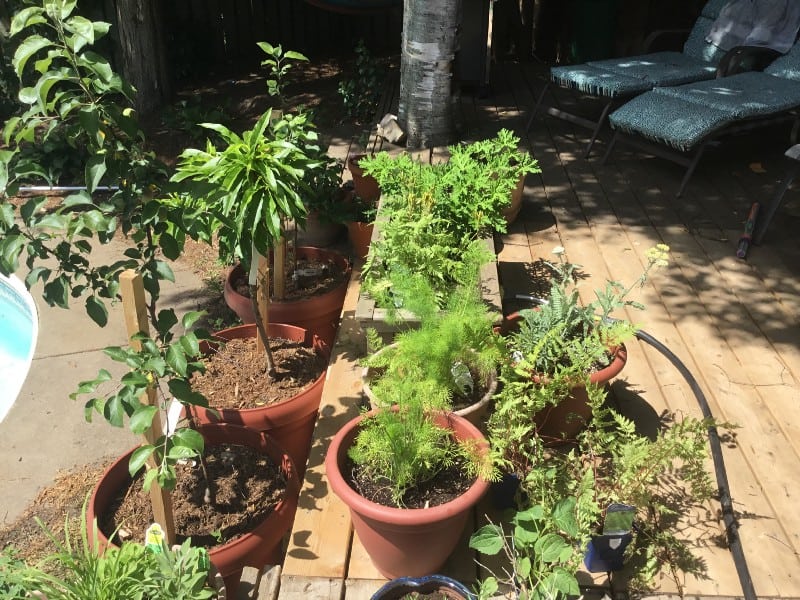
6. Guerilla Gardening
Many now established gardens got their start as guerilla gardens, i.e. people gardening on land without permission of the landowner. This is often done in vacant lots but people have also planted fruit trees in public parks and put garden baskets on public streetscapes. These projects may become permanent or they may be destroyed but they have several benefits. One, they add to ecological health and biodiversity for as long as they exist and two, they encourage people to ask challenging and critical questions about city design and the food system.
One word of caution: in order to not replicate racism and/or classism, I recommend that you guerilla garden in your own neighbourhood. Sometimes well meaning people try to initiate urban agriculture or permaculture projects in neighbourhoods that are not their own and may, unwittingly or not, be part of marginalizing or alienating people in that community. Don’t decide for others what they need: focus on the communities in which you are already well-integrated and then work in solidarity with other communities and neighbourhood.
These strategies for accessing land in cities may seem time-consuming especially the ones that require working together with other people. But the process of engaging with these strategies may lead to rewards greater than gaining access to land. You may find that you create a more connected neighbourhood in the process, make new friends, gain valuable interpersonal and organizing skills, and/or increase your knowledge about growing plants in tricky spaces. You might find, as I have, that even when you gain permanent access to private land you still seek out and organize collective initiatives in your community because of the abundance and joy it brings to your life.
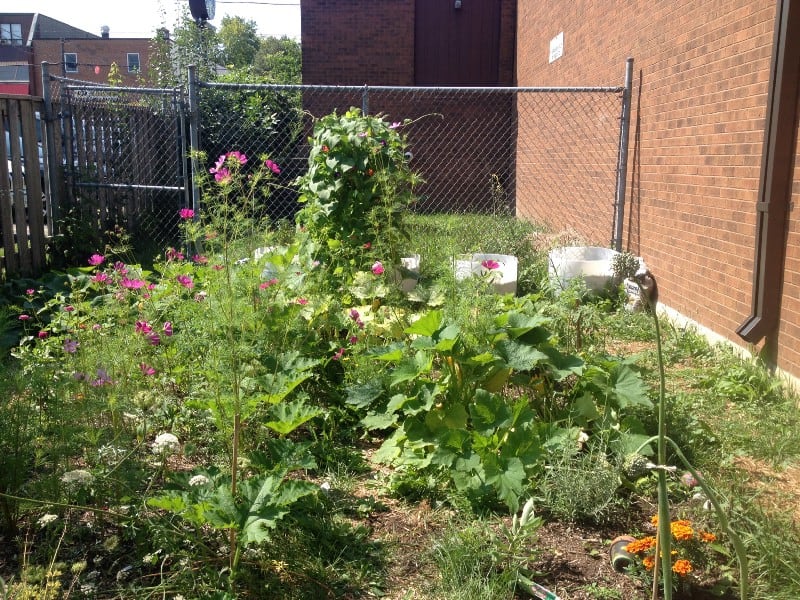
A note about polluted land
As a general rule, do not establish a garden near a railway line or on land known to contain lead, other heavy metals, or a concentration of chemicals (such as a former garbage dump). If you are in doubt, you have a few options. One, is to have your soil tested. This can be costly but some cities are devising ways to allow residents to test soil for free or at low cost. Another option is to build raised beds on top of contaminated soil, with a barrier between the original soil and the added soil. Lastly, you can explore bioremediation especially with plants that are dynamic accumulators and with mushrooms. A warning, it is hard to remove lead and some very toxic chemicals from soil in this way.
References
Flores, Heather. Food not Lawns: How to run your yard into a garden and your neighbourhood into a community. Chelsea Green, 2006

